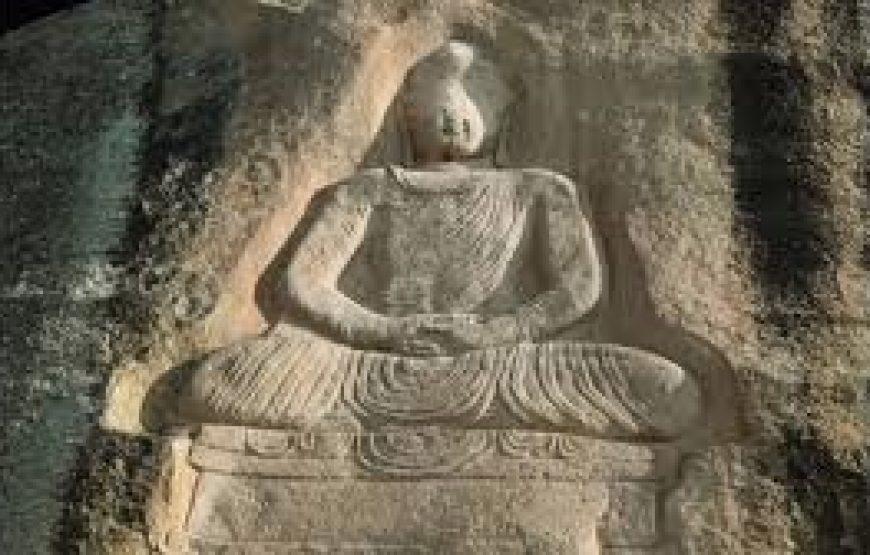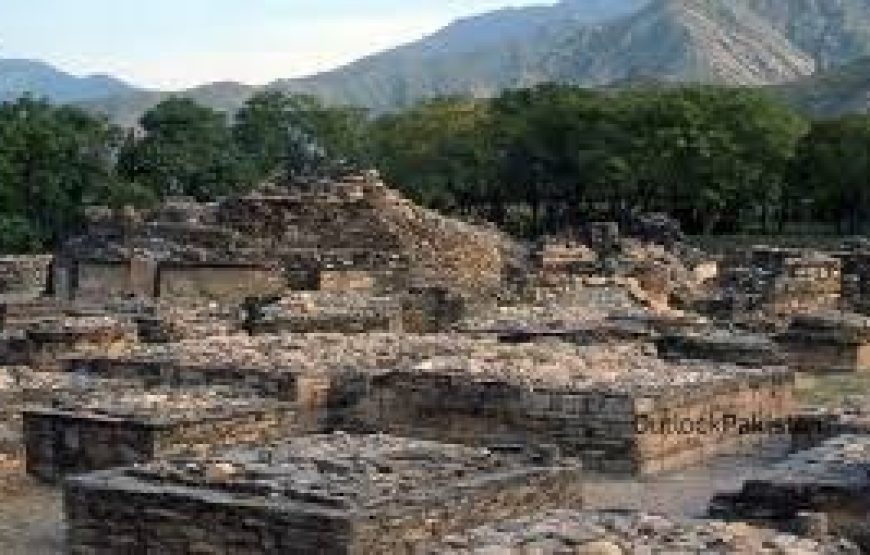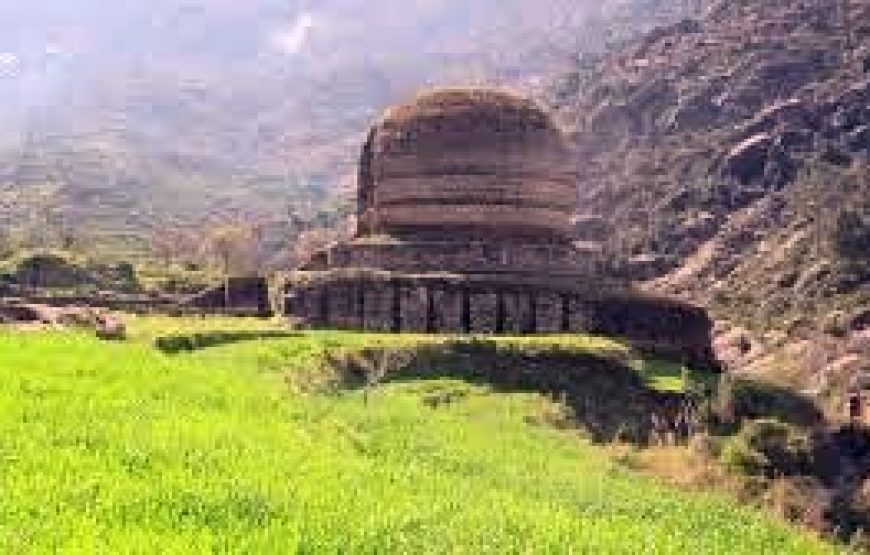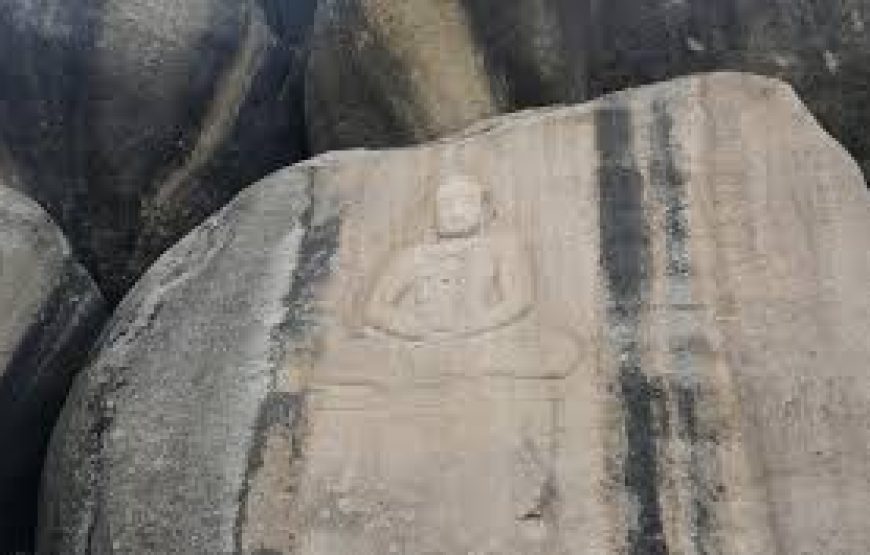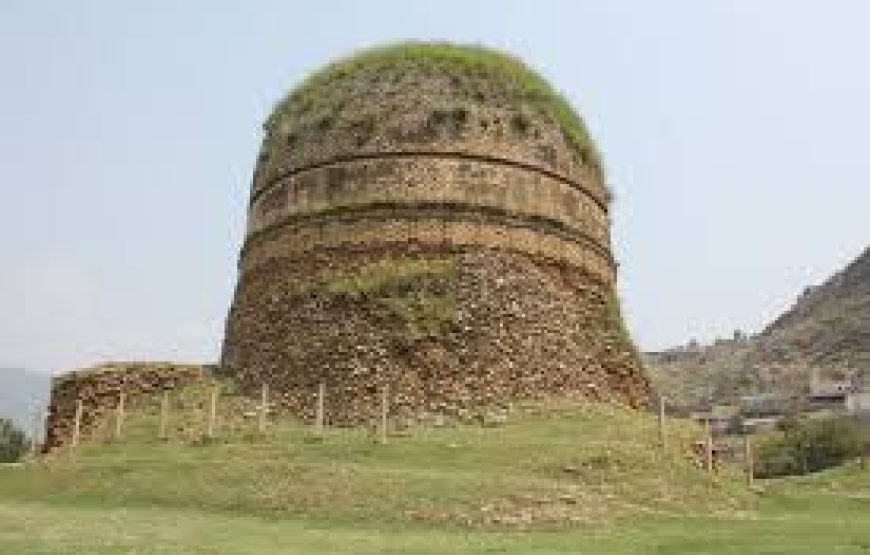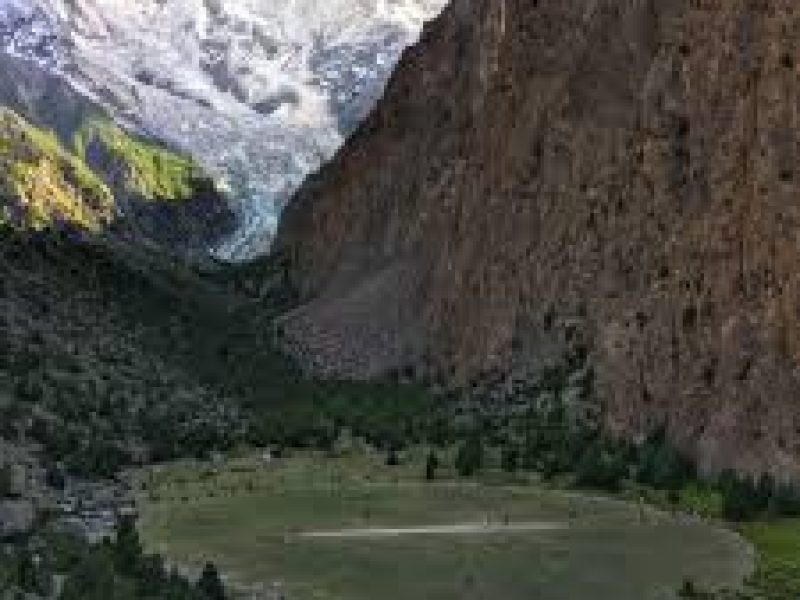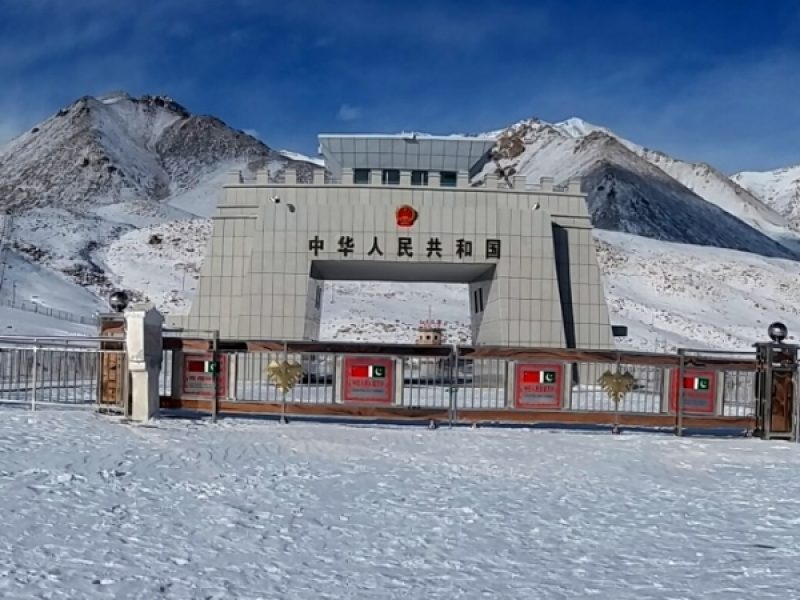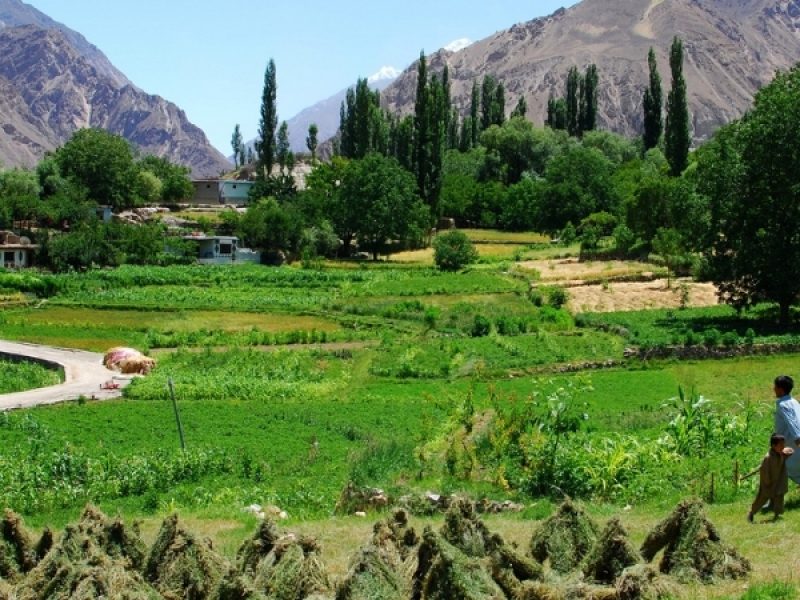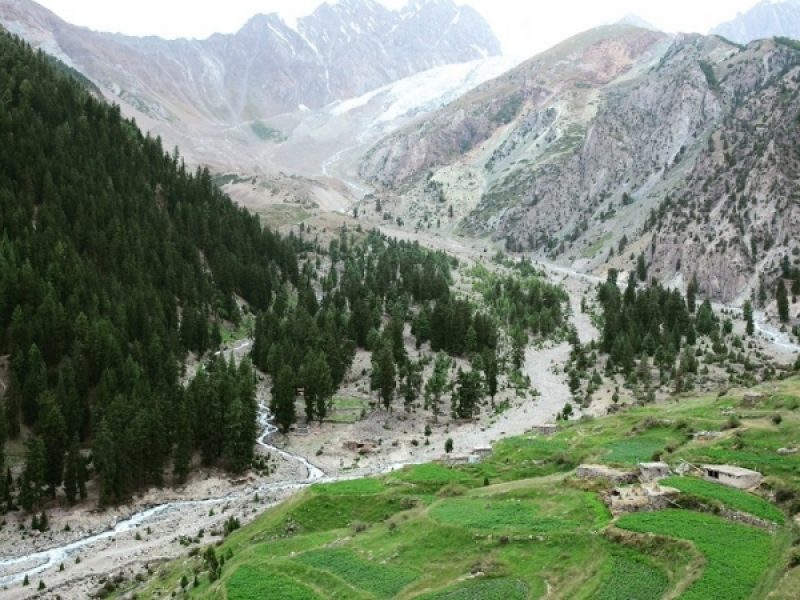Nestled among the forested mountains of northern Pakistan, Swat Valley—once known as Udyana or “The Garden”—is one of the most important centers of ancient Buddhist civilization in South Asia. This land, described in early Chinese pilgrim records, was a flourishing hub of Gandhara Buddhism, where monks, scholars, and artists created a legacy of learning and spirituality that still echoes through its valleys today. The Swat Buddhist Heritage Tour is a carefully curated journey for international travelers seeking to explore this unique intersection of history, faith, and art.
Swat’s Buddhist history spans over a thousand years, from the time of Ashoka the Great in the 3rd century BCE to the 10th century CE. The valley was dotted with monasteries, stupas, and learning centers, many of which were documented by famous Chinese pilgrims like Faxian and Xuanzang. The Gandhara civilization that flourished here was famous for its distinctive Greco-Buddhist art, which combined Hellenistic styles with local traditions to produce exquisite stone carvings of the Buddha, bodhisattvas, and Jataka tales.
This tour traces that sacred heritage through visits to major archaeological and cultural sites. In Saidu Sharif, travelers will explore the Swat Museum, home to an extraordinary collection of Gandhara sculptures. The nearby Butkara Stupa, believed to have been built during Ashoka’s reign, stands as one of the oldest Buddhist monuments in the region. Other highlights include the Saidu Stupa complex, the beautifully situated Amluk Dara Stupa, and the Shingardar Stupa, still standing tall against the mountainous backdrop.
You’ll also visit Udegram, an archaeological site with Buddhist and early Islamic layers, and Barikot, the ancient city of Bazira, besieged by Alexander the Great. Each location reveals layers of spiritual and historical richness that have survived time, invasions, and nature.
Combined with the breathtaking natural beauty of Swat Valley, warm local hospitality, and immersive cultural experiences, Swat Buddhist Heritage Tour offers far more than sightseeing—it is a deep and moving exploration of one of the most profound spiritual legacies in Asia.


